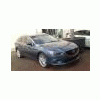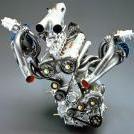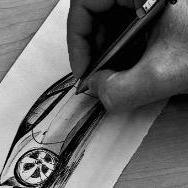Audi R8 GT [Coupé, Spyder] (Topic Ufficiale - 2010)
-
Contenuti simili
-
- 0 risposte
- 451 visite
-
- 18 risposte
- 2380 visite
-
Audi A3 Facelift [Sportback, allstreet, Sedan] 2024 1 2 3
Pubblicato da AlfaZeta6,
- a3 sedan
- a3 sportback
- (e 10 altri in più)
- 27 risposte
- 3480 visite
-
-
-












.thumb.jpg.46228d717c405acd43b45b79fddce6a4.jpg)










Messaggi Raccomandati:
Crea un account o accedi per lasciare un commento
Devi essere iscritto per commentare e visualizzare le sezioni protette!
Crea un account
Iscriviti nella nostra community. È facile!
Registra un nuovo accountAccedi
Sei già registrato? Accedi qui.
Accedi Ora